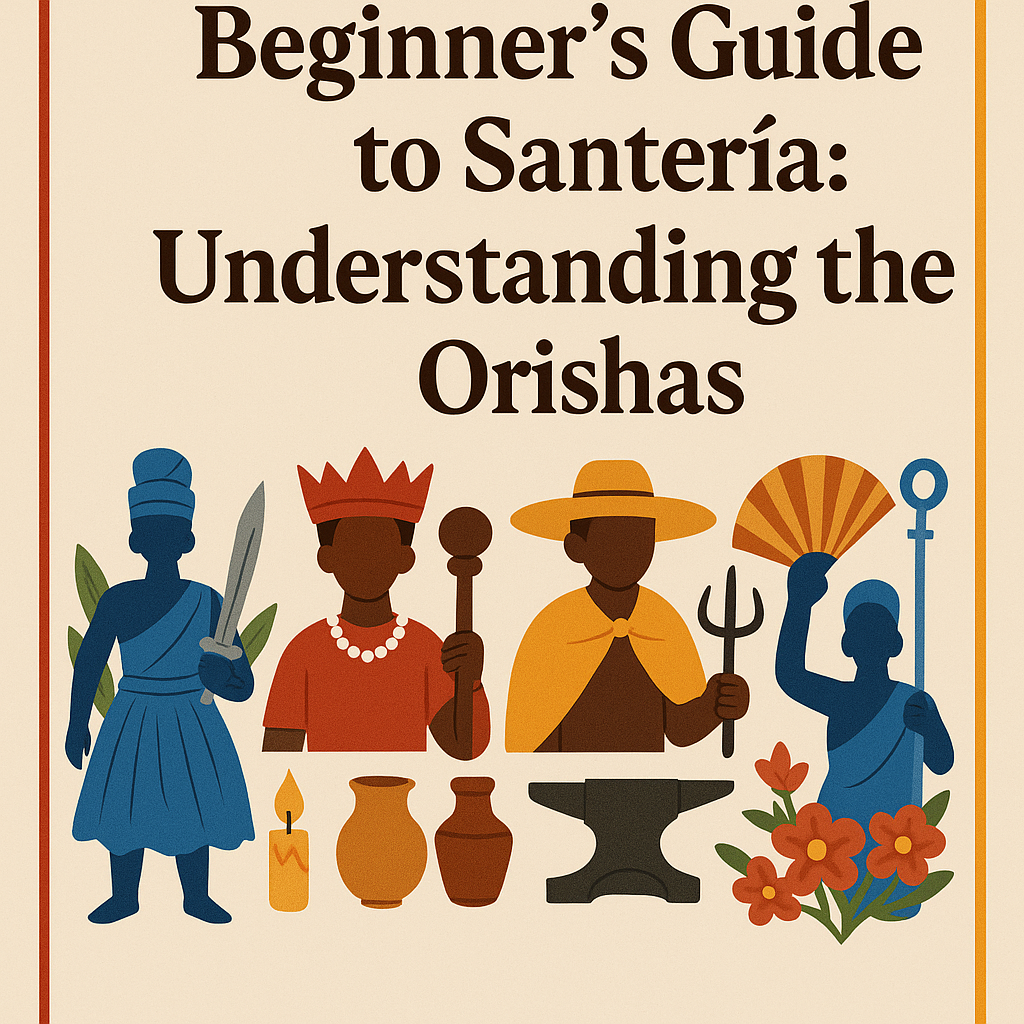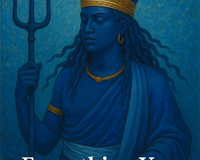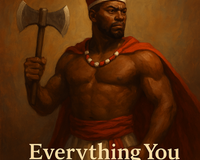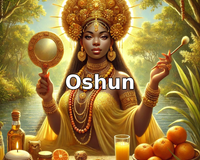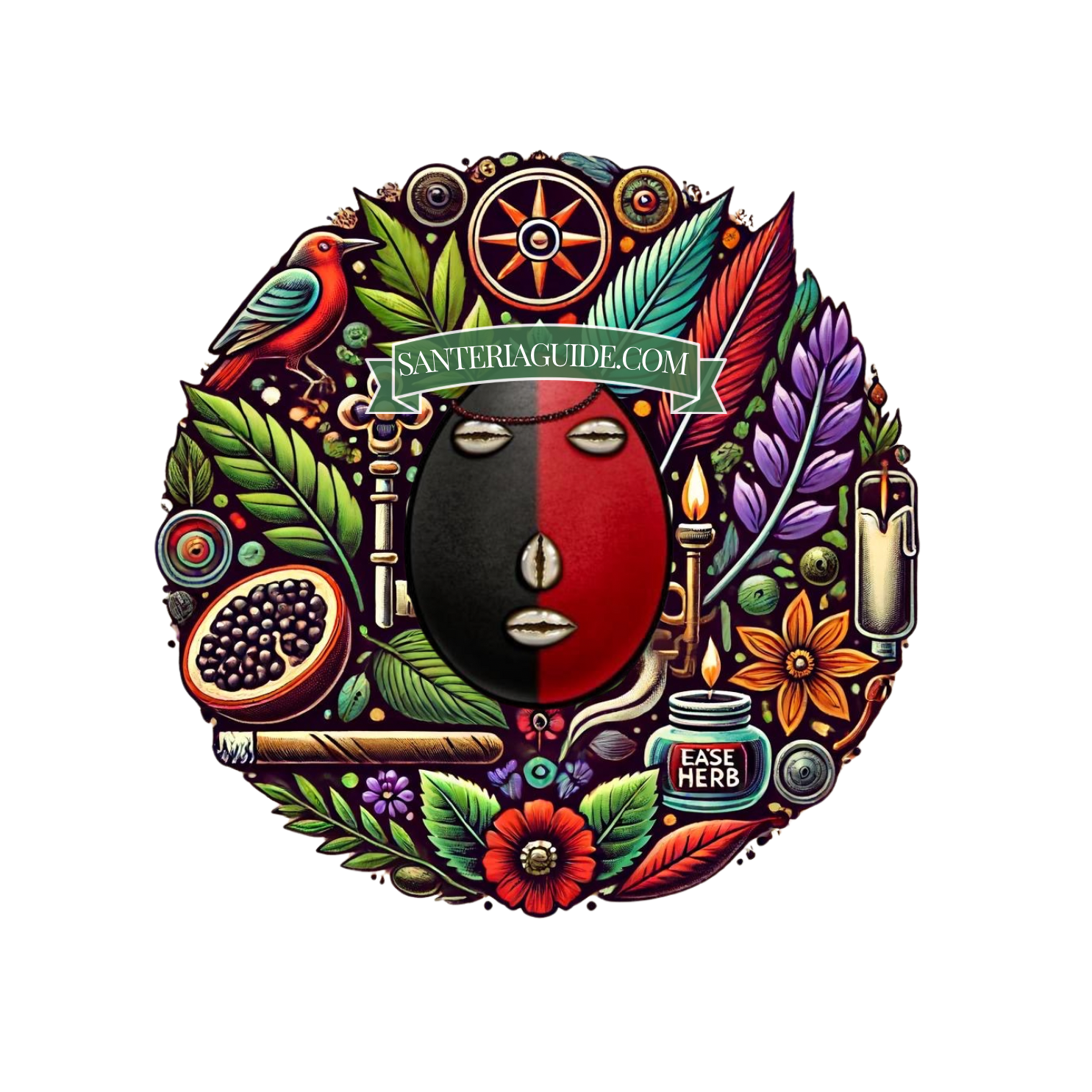- What Is Santería and Why Understanding the Orishas Matters
- The Sacred Connection Between Practitioner and Orisha
- Essential Ritual Tools: Mazos, Elekes, and Ildés Explained
- The Spiritual Significance of Ildés
- The Majestic Orisha Shangó: King of Thunder and Justice
- Shangó's Role in Modern Spiritual Practice
- Orula: The Oracle of Ifá and Divine Wisdom
- Understanding Orula's Ifá System
- Oshún: The Sweet Waters of Love and Prosperity
- Elegua: The Divine Messenger and Guardian of Crossroads
- The Twenty-One Paths of Elegua
- Beginning Your Spiritual Journey: Practical Steps for Newcomers
What Is Santería and Why Understanding the Orishas Matters
Santería represents one of the most profound and enduring spiritual traditions to emerge from the African diaspora. This syncretic religion, also known as Lucumí or Regla de Ocha, weaves together Yoruba cosmology with elements of Catholicism, creating a rich tapestry of beliefs that has sustained communities across Cuba, the Caribbean, and beyond for centuries.
At the heart of Santería lies the veneration of the Orishas—divine entities who serve as intermediaries between humanity and the supreme creator, Olodumare. These powerful deities govern various aspects of human existence, from love and prosperity to justice and healing. Understanding their individual characteristics, preferences, and domains forms the cornerstone of meaningful spiritual practice within this tradition.
For those embarking on this sacred journey, the path requires more than theoretical knowledge. Authentic spiritual work demands proper ritual implements, sacred tools, and ceremonial supplies that honor the ancestral traditions. The quality and authenticity of these items directly impact the efficacy of one's spiritual endeavors.
The Sacred Connection Between Practitioner and Orisha
The relationship between devotees and Orishas transcends mere worship—it embodies a living, breathing covenant of mutual respect and reciprocity. Each practitioner typically develops a special affinity with particular Orishas, often determined through divination or spiritual guidance from experienced practitioners. This connection influences every aspect of their spiritual practice, from daily offerings to major ceremonial observances.
Establishing this sacred bond requires understanding each Orisha's unique preferences, taboos, and ceremonial requirements. The depth of this relationship often determines the spiritual growth and protection a practitioner experiences throughout their journey.
Essential Ritual Tools: Mazos, Elekes, and Ildés Explained
The practice of Santería relies heavily on consecrated objects that channel divine energy and facilitate communication with the Orishas. These sacred implements serve as conduits between the physical and spiritual realms, each carrying specific spiritual significance and ceremonial applications.
Mazos represent one of the most fundamental ritual tools in Santería practice. These consecrated implements, often crafted from specific woods or materials, serve various ceremonial purposes including cleansing, protection, and energy direction. Their construction follows ancient protocols passed down through generations of practitioners, ensuring their spiritual potency remains intact.
For practitioners seeking authentic ceremonial tools that honor traditional craftsmanship, finding reliable sources becomes paramount. Quality ritual implements should never be mass-produced but rather handcrafted by knowledgeable artisans who understand the spiritual significance of each piece. Our comprehensive collection of Santería ritual tools offers practitioners access to ethically crafted ceremonial supplies that maintain the integrity of ancestral traditions.
Elekes hold profound significance as sacred necklaces worn by initiates and devotees. These carefully constructed adornments, featuring specific color combinations and bead patterns, represent individual Orishas and serve as constant spiritual protection for the wearer. The creation of elekes follows strict traditional guidelines, incorporating prayers, offerings, and ceremonial consecration.
The Spiritual Significance of Ildés
Ildés function as protective bracelets or anklets, typically crafted from alternating colored beads that correspond to specific Orishas. These powerful talismans provide continuous spiritual protection and serve as visible symbols of one's commitment to the tradition. The wearing of ildés requires proper blessing and should be undertaken only with appropriate spiritual guidance.
"The power of our sacred tools lies not in their material composition alone, but in the prayers, intentions, and ancestral wisdom woven into their very essence during creation."
The Majestic Orisha Shangó: King of Thunder and Justice
Shangó stands as one of the most revered and powerful Orishas in the Santería pantheon. Known as the divine king of thunder, lightning, and justice, Shangó embodies masculine power, royal authority, and righteous judgment. His domain encompasses fire, drumming, dance, and the dispensation of divine justice to those who seek his intervention.
Devotees of Shangó often recognize his presence through his distinctive symbols: the double-headed axe (oshe), red and white colors, and the sacred batá drums that accompany his ceremonies. His personality reflects both the benevolent ruler and the fierce warrior, capable of tremendous generosity toward his followers and devastating punishment for those who transgress spiritual laws.
Working with Shangó requires understanding his preferences and temperament. He appreciates offerings of red apples, bananas, cornmeal, and rum, while his ceremonies often feature vigorous drumming and energetic dancing. Practitioners seeking his favor must approach with respect, honesty, and genuine reverence for his royal status.
Shangó's Role in Modern Spiritual Practice
Contemporary practitioners turn to Shangó for assistance with legal matters, leadership challenges, and situations requiring divine justice. His intervention can provide clarity in complex situations and strength to overcome adversity. However, working with this powerful Orisha demands complete honesty and integrity from the practitioner.
Orula: The Oracle of Ifá and Divine Wisdom
Orula, also known as Orunmila, serves as the supreme oracle of the Ifá divination system and keeper of destiny for all living beings. This profound Orisha possesses knowledge of each person's fate and provides guidance through the complex system of Ifá consultation. His wisdom encompasses past, present, and future, making him an invaluable spiritual advisor for practitioners seeking direction.
The colors green and yellow represent Orula, and his sacred day falls on Sunday. Devotees approach him for divination, spiritual guidance, and protection from premature death. The consultation process involves trained babalawos (priests of Ifá) who interpret the sacred odu (divination signs) to reveal Orula's messages.
| Orisha | Primary Colors | Sacred Day | Main Domain |
|---|---|---|---|
| Orula | Green and Yellow | Sunday | Wisdom and Divination |
| Shangó | Red and White | Friday | Thunder and Justice |
| Oshún | Yellow and Gold | Saturday | Love and Rivers |
| Elegua | Red and Black | Monday | Crossroads and Communication |
Understanding Orula's Ifá System
The Ifá divination system represents one of the world's most sophisticated oracular traditions. Through the casting of palm nuts or the divining chain (opele), practitioners access Orula's wisdom regarding important life decisions, spiritual development, and potential challenges ahead. This system requires extensive study and initiation to master properly.
Oshún: The Sweet Waters of Love and Prosperity
Oshún reigns as the beloved Orisha of rivers, love, fertility, and abundance. Her domain encompasses fresh waters, romantic relationships, maternal protection, and material prosperity. This enchanting deity captivates devotees with her beauty, sensuality, and generous spirit toward those who honor her properly.
Recognizable by her golden yellow attire and association with honey, Oshún appreciates offerings of sweets, perfume, jewelry, and yellow flowers. Her ceremonies often feature graceful dancing, sweet melodies, and elaborate feasts celebrating her nurturing qualities. Practitioners seeking her blessings in matters of love, fertility, or financial abundance find her particularly responsive to sincere devotion.
Working with Oshún requires understanding her multifaceted nature. While she embodies sweetness and love, she also possesses fierce protective instincts, particularly regarding children and vulnerable individuals. Her rivers can bring life-giving sustenance or devastating floods, depending on how she is approached and honored.
Elegua: The Divine Messenger and Guardian of Crossroads
No ceremony or spiritual work in Santería begins without first honoring Elegua, the divine messenger and guardian of crossroads, doorways, and communication pathways. This crucial Orisha serves as the intermediary between humans and all other divine entities, making his favor essential for any successful spiritual endeavor.
Elegua manifests in various forms, from the playful child-like aspect to the wise elder who guards important spiritual thresholds. His colors—red and black—symbolize the duality of life's choices and the power to open or close opportunities. Practitioners maintain Elegua's shrine near their home's entrance, offering him candies, toys, rum, and cigars to maintain his protection and favor.
The Twenty-One Paths of Elegua
Traditional teachings recognize twenty-one distinct manifestations of Elegua, each governing different aspects of communication, travel, and opportunity. These various caminos (paths) address specific life circumstances and spiritual needs, from childhood protection to business success and spiritual advancement.
Understanding which aspect of Elegua to approach for particular situations requires knowledge of his diverse manifestations and their individual characteristics. This complexity underscores the importance of proper spiritual guidance when working with this multifaceted Orisha.
Beginning Your Spiritual Journey: Practical Steps for Newcomers
Embarking on the path of Santería requires careful consideration, sincere commitment, and proper spiritual guidance. This journey transforms practitioners through deep spiritual work, community connection, and ongoing relationship-building with the Orishas.
Initial steps include finding reputable spiritual guidance from experienced practitioners, learning fundamental concepts and protocols, and gradually developing personal relationships with individual Orishas through prayer, offerings, and observation of their feast days.
- Seek guidance from established practitioners or spiritual communities
- Begin with basic offerings and prayers to Elegua
- Study the characteristics and preferences of different Orishas
- Acquire authentic ritual tools and ceremonial supplies
- Participate in community ceremonies when invited
- Consider formal divination to understand your spiritual path
- Maintain consistency in your spiritual practices
The path of Santería demands patience, respect, and genuine spiritual hunger. Those who approach with sincerity and dedication discover a profound spiritual tradition capable of providing guidance, protection, and deep personal transformation throughout their lives.
Remember that authentic spiritual practice requires quality tools crafted with traditional knowledge and spiritual intention. Investing in properly made ritual implements supports both your spiritual development and the continuation of these sacred traditions for future generations.

